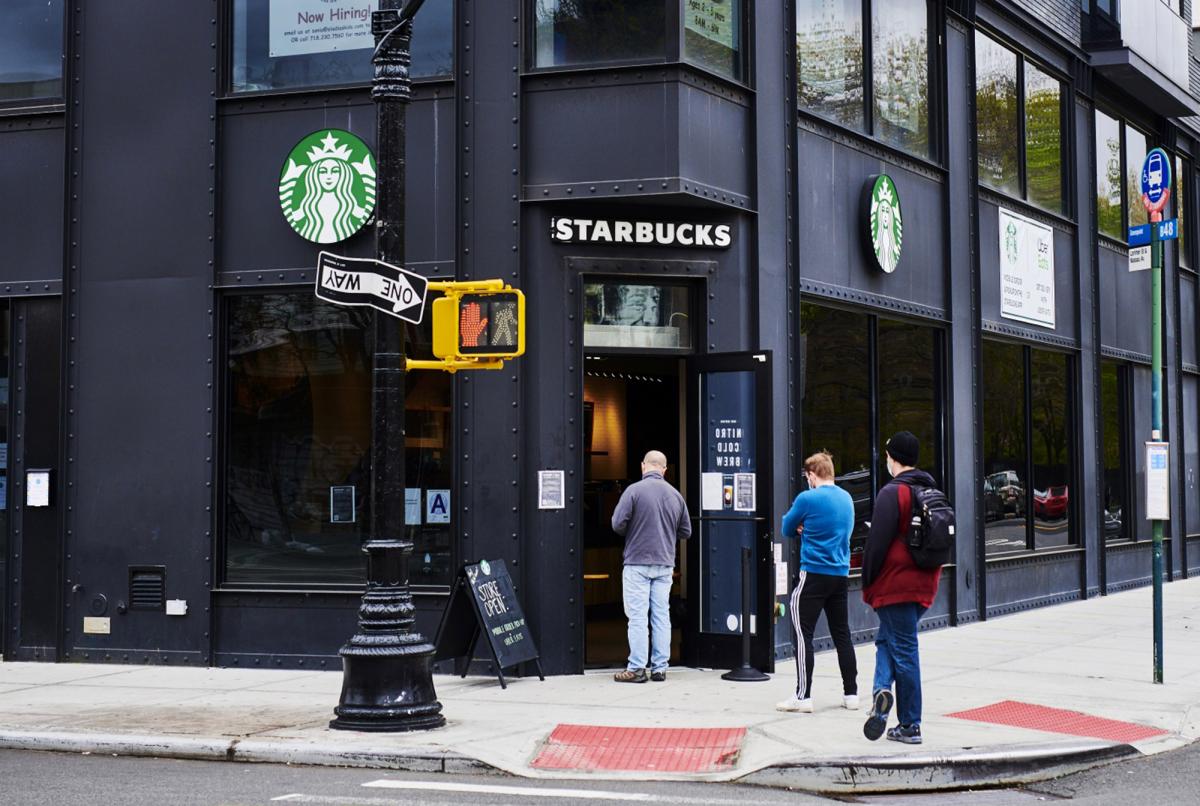The other day I decided to treat myself to a handcrafted drink at Starbucks. As I approached the store, I saw another customer approaching. There was no question in my mind that he was going to order 5 drinks for his coworkers. I picked up my pace… I was going to get there first. And I did. But then something came over me. I opened the door and held it open for my competition to enter first. I think he was stunned. Then, as we got to the counter, he suggested I order first, as he had several drinks to buy. I was stunned. There was a lesson there.
Most mediations start with parties in a competitive mindset. No surprise there, as they are in mediation because of some disagreement, and their goal is to win something from the other party. The parties will state their positions and why they are right, and the other is wrong. Often expressed with emotion.
Let’s say the financial value of the dispute is $2500. The first party is asking for that amount. Not unexpectedly, the other party says, “not one penny.” The mediator’s job is to remind both parties that neither will likely get their full demand. What the mediator is encouraging is that one party step up and make an offer to settle. That is what I call the “magic moment.” It communicates the willingness to compromise and have further discussion, and magically, emotion tends to evaporate.
One way to move the parties to compromise is to reframe the party’s needs. The $2500 demand may be based on some actual cost, but a component of that demand is likely driven by something else. Maybe one party felt they were disrespected, ignored, or treated unfairly. By reframing the demand, it is often possible to understand the range of motivations driving the dispute and address them. Keep in mind that mediation allows considerable flexibility in structuring a settlement. In this case, the settlement might include an apology and a financial payment.
Making the first offer requires taking a risk and a bit of strategy. If somebody does not make the first move, there is a deadlock, and time is wasted. The first offer, however, needs to be reasonable. In our example, if the first mover wants to offer $100, they need to ask themselves what the reaction will be from the other party. You can guess it will probably be taken as an insult…back to square one.
Mediation is a process. It requires both parties to understand all positions and then move to a give-and-take to create a compromise. The real magic moment is when both parties shake hands and leave the session ready to move on with their lives…and celebrate by treating themselves to a hand-crafted drink at Starbucks…or maybe Rise Up.
Steve Forrer, the former dean, and vice-chancellor of the University of Maryland Global Campus, is currently a mediator for the Maryland District and Circuit Courts. Questions can be submitted at www.doncastermediation.com/contact for Steve to answer in this column. He also accepts private mediation.



Thomas Elliott Hill says
Steve—Excellent example! Thank you. Thank you, also, for putting forth the mediation process as a solution to our adversarial court system.